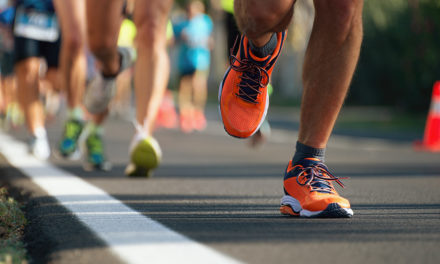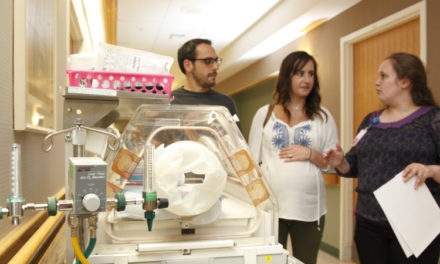Whether you’re living with Type 1 or Type 2 diabetes, exercise is certainly recommended as part of your disease management. Regular exercise helps maintain a healthy weight and good cardiovascular health, both of which prevent many diabetes complications.
The only downside may be that any physical activity, whether it’s hitting the gym or taking a walk, can’t always be a spur-of-the-moment decision for someone with diabetes.
When we exercise, our bodies use our blood sugar as fuel to complete an activity. However, low blood sugar, which is sometimes common at the end of a workout, can pose a threat for those living with diabetes. In fact, it’s called hypoglycemia, and it can by recognized by the following:
- Shakiness
- Sweating profusely
- Irritability or anxiety
- Headache
- Drowsiness or confusion
In extreme cases, hypoglycemia in patients with diabetes requires emergency medical attention.
“There are many ways for people with diabetes to safely reach their exercise goals. It’s important to choose an activity you enjoy and find a fitness partner to join you.”
3 Tips for an Active Diabetes Lifestyle
Still, regular physical exercise is an important part of a healthy lifestyle, and the possibility of low blood sugar shouldn’t intimidate any person with diabetes from staying active. Here are a few tips to keep in mind if you or someone close to you has to think about their diabetes while they exercise.
1
Gradually amp up your workout.
Allowing your body to adjust to its routine is one of the most helpful tips for diabetes management. As far as exercise goes, this means keeping with your routine. If your usual activity is taking the dog for a walk, be wary of jumping right into a high-intensity workout class. Likewise if a cold or ankle sprain sidelines you for a couple of weeks. Don’t be afraid to take a break when your body signals that it’s time to do so.
2
Keep an eye on your blood sugar levels.
Many doctors recommend testing your blood sugar both before and after your workout. If you often exercise for long periods of time, like long-distance running or recreational hikes, it may be a good idea to check your blood sugar in the middle of your workout as well. Consult your doctor for the best ideas for you, based on your routine and health history.
3
Have an emergency stash on-hand.
Keep fast-acting carbohydrates nearby in the event that your blood sugar levels start to sink. The best examples would be sports drinks and fruit juice, which are quick ways for your body to absorb glucose. A good recommendation is to maybe keep a stash in your car or in your locker at the gym. If you’re going on a day trip, pack a bag in case your glucose levels get low.
Find an Endocrinologist Near You
Call (716) 706-2112
Find an Endocrinologist Near You
Call (716) 706-2112





